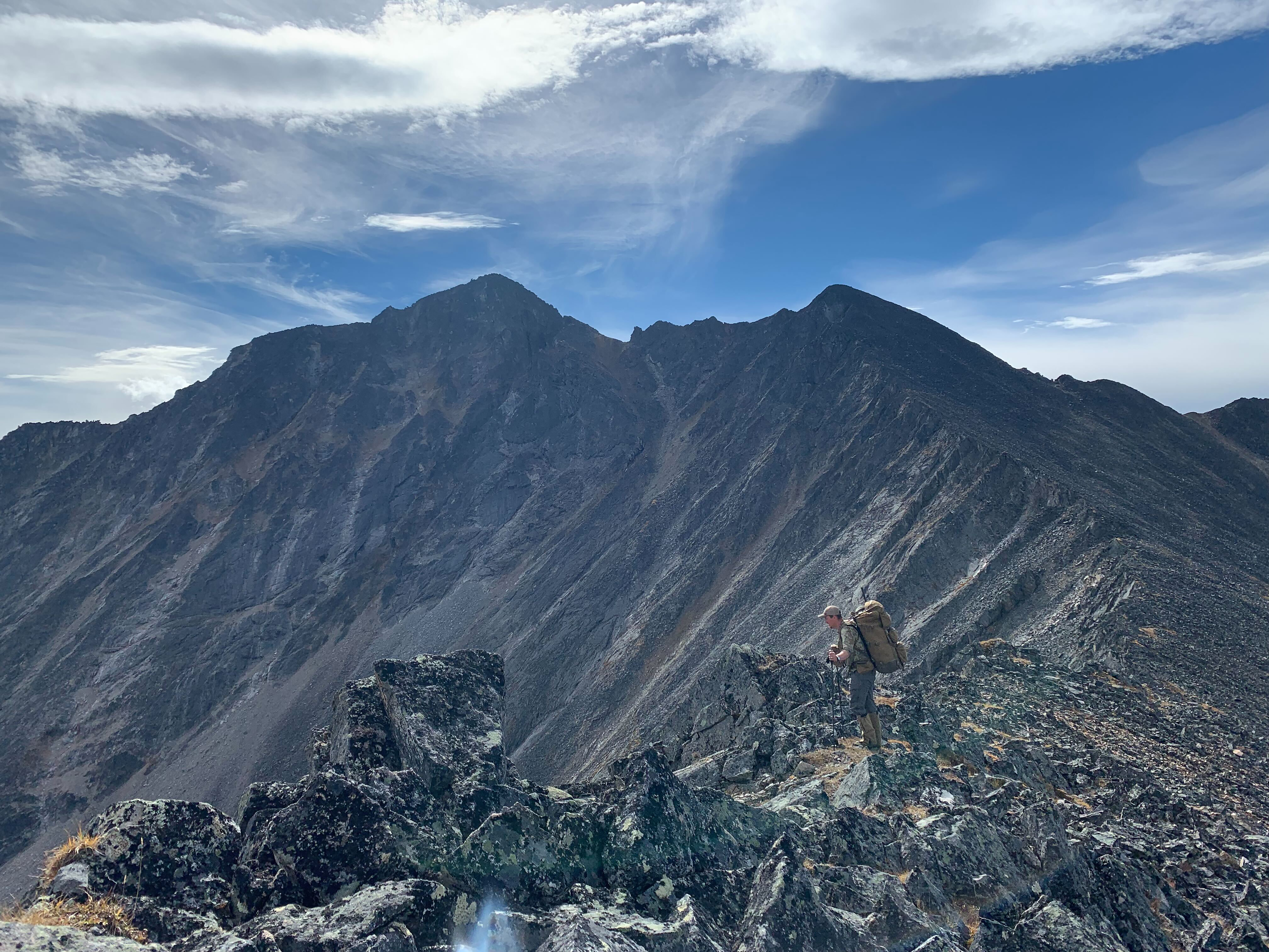I SHOULD KILL THIS RAM, I thought.
I was carefully examining the biggest of three Dall rams feeding comfortably in the bowl below us. Perched on the edge of the jagged, steep headwall of the basin, I could see this ram had the characteristics of a good one. His horns were heavy, carrying good mass beyond half-curl. They dropped deep and swept up to just beyond full curl, making him legal.
“Know what I think?” said my buddy Frank. “Seven or 8 years old, and 36 or 37 inches.”
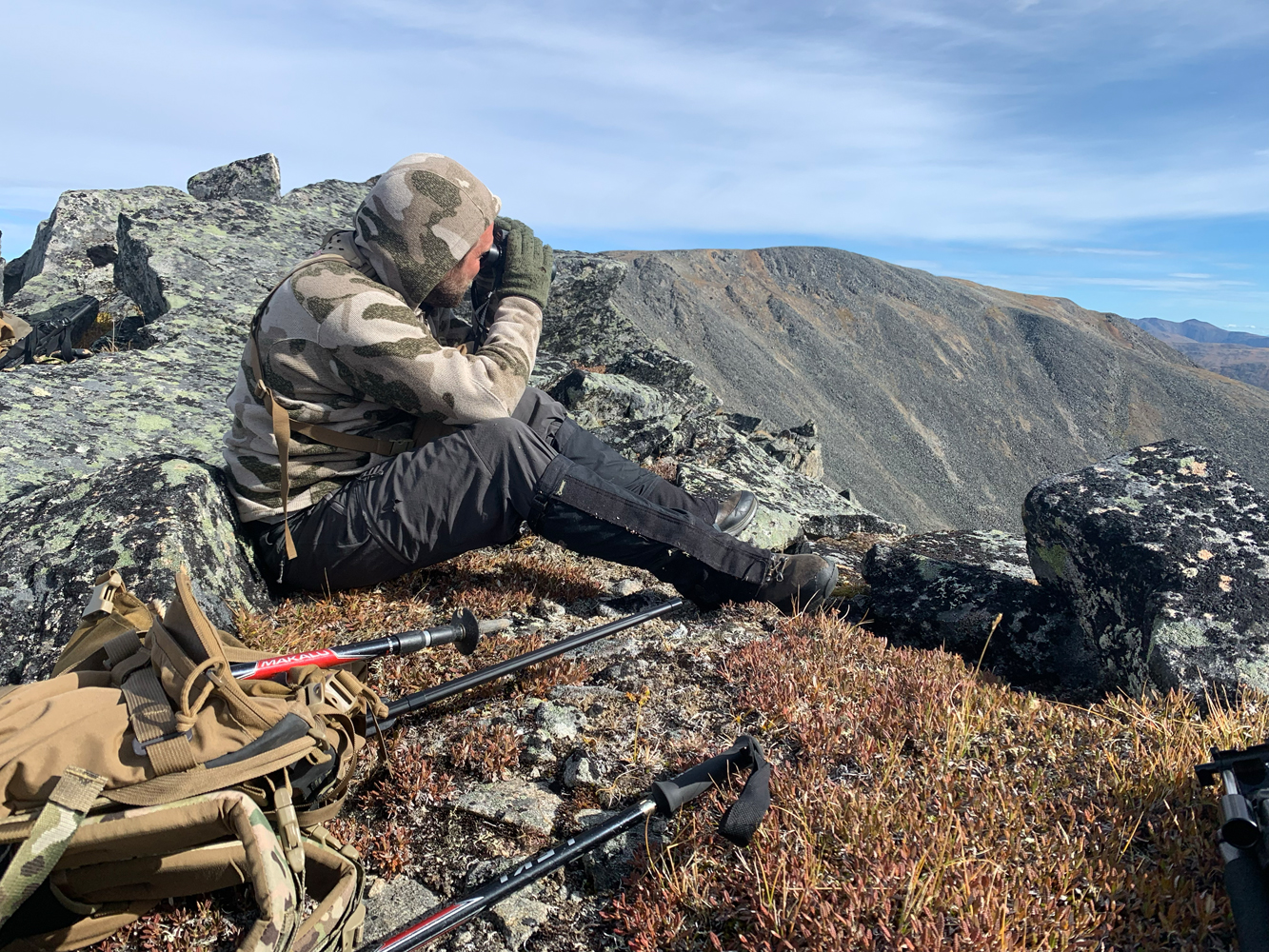
I agreed with his judgement. This was a solid ram, but he was young and not near the top potential for this area.
Only a couple days before, we’d had a conversation in which we both decided that we weren’t going to shoot a ram that was 8 and just full curl. This tag was too rare, and we were several days’ hike from anywhere. Still, I was conflicted. I watched as the ram bedded for the afternoon, just 500 yards below us. As he tilted his head back, eyes closed in the afternoon sun, I worried that these might be the only rams we would see.
Eager Anticipation
The text messages began rolling in shortly after the Alaska drawing results were posted in the dead of winter. My hunting partner, Frank Schultz, had put in a party application for us, and we had somehow drawn two of the four tags for Mount Harper, a jagged mountain in Interior Alaska’s Fortymile country. Frank and I typically hunt general harvest (over the counter) areas, and we’d had less than a 1 percent chance of drawing this tag. Within minutes of the news, a friend of mine called to let me know that he had spotted a huge ram in the area after the season the previous fall.
Frank and I are experienced sheep hunters, and the chance to hunt an area known to produce big rams with little hunting pressure was a treat that we were unaccustomed to. It’s a low-population-density area, and it’s common for hunters to see only a handful of sheep, but that didn’t deter us. We hoped to scout the area by air before the season and spend up to 21 days of the 40-day season hunting if we had to.
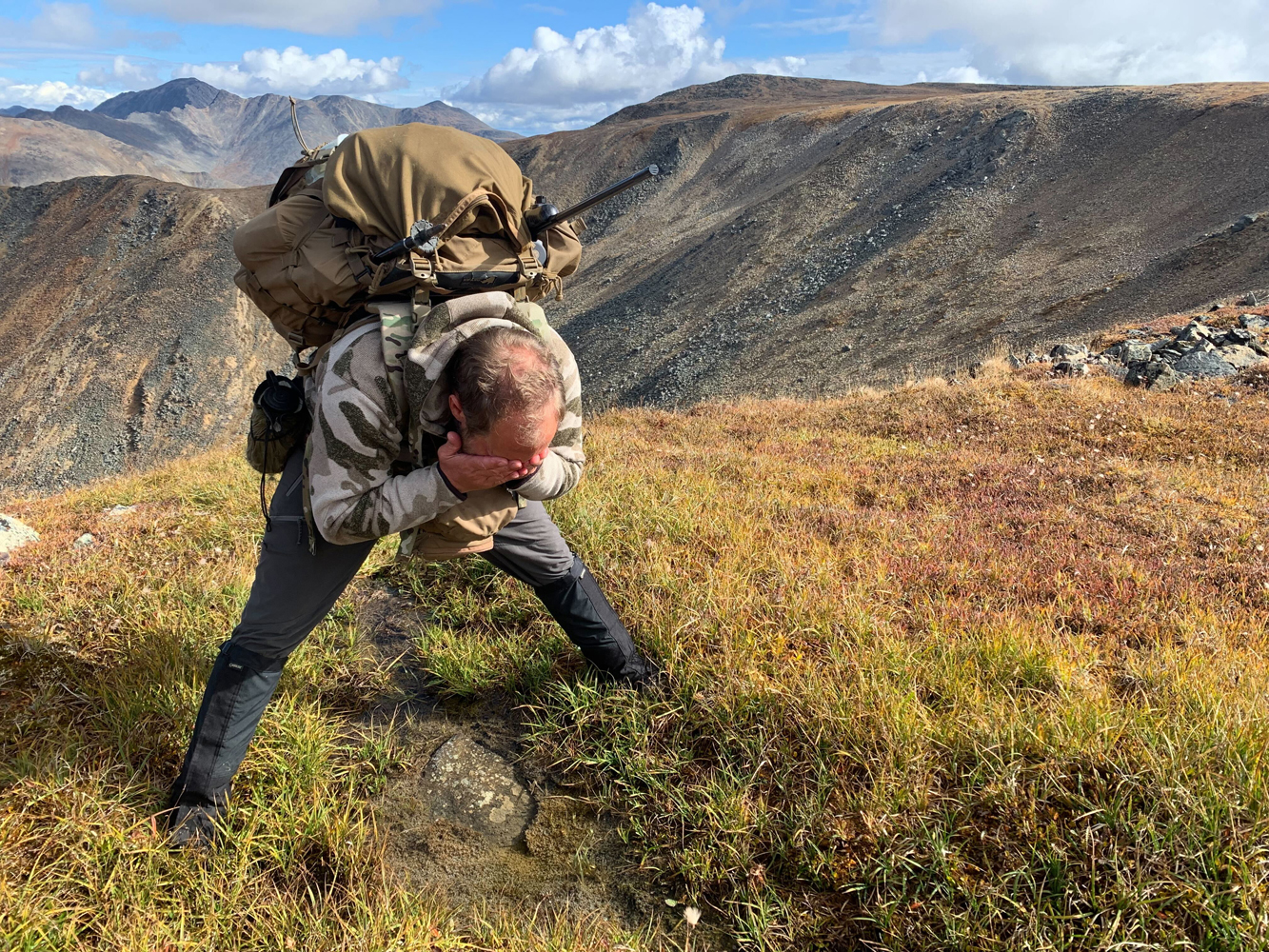
Our anticipation was palpable, but opening day found us still at home. Bad weather had prevented any preseason scouting. To add insult to injury, Frank came down with a stout case of COVID just a few days before our planned departure, delaying us for a week. When we finally got in the air, we skirted some afternoon storms and throttled down to roll tires on the ridgetop that we had hoped to start our hunt from. We couldn’t land safely though. A nasty tailwind made it too dangerous.
We landed on a safer airstrip that was much farther away and soaked up the first quiet evening away from all the distractions of town and everyday life. In the morning, we’d start hiking.
Cross-Country
We knew that we had a long walk ahead of us, but we’d had plenty of long walks before. After a few hours of hiking, as we were slowly working our way up through the timber along an old four-wheeler trail, we heard the unmistakable sound of a four-wheeler heading back toward us. It was a caribou hunter who probably didn’t expect to see us. When we told him we were headed to Mount Harper to hunt sheep, he looked puzzled.
“Mount Harper? Where the hell’s that?”
It was a gut check that we had some serious tracks to make.
We left the treeline early that afternoon and kept climbing. After skirting around a peak, we dropped over the finger of a ridge, knowing we would be able to see Mount Harper. When we did, it was like a punch in the stomach.
“It’s going to take us three more days to get over there,” I said to Frank. “No two ways about it.”
Looking at that very distant peak beyond drainage after spruce-, brush-, and muskeg-choked drainage, we questioned our plan—and our sanity. We each ran the math in our heads. We had 14 days’ worth of food stuffed in our packs, but how would we ever be able to pack a ram, let alone two, back all this way? Food and gear for 14 days was heavy, but meat and horns would be even heavier.
“I’m just putting it out of my mind and telling myself that we’ll find a spot our pilot can land somewhere over there,” Frank told me.
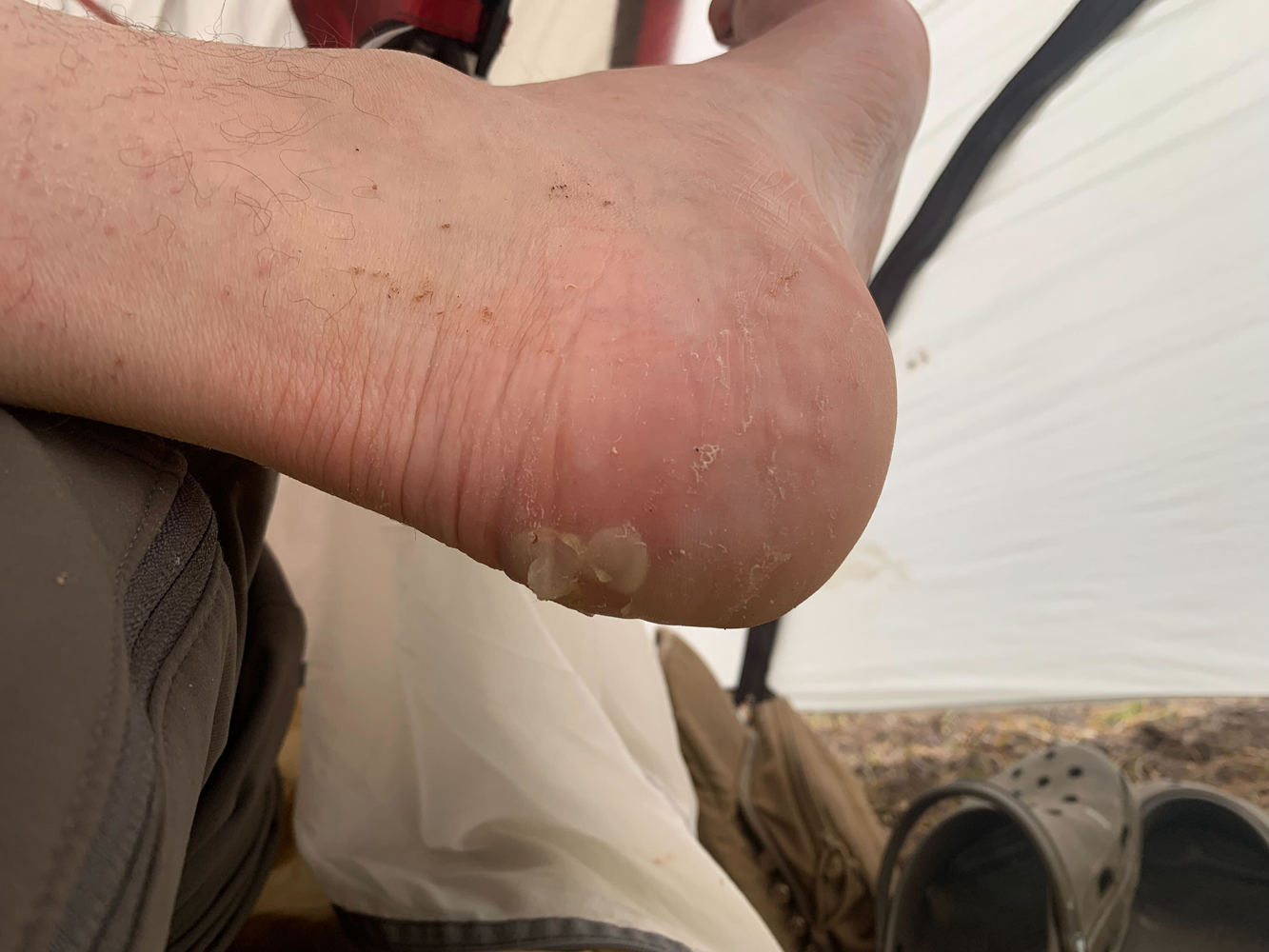
Then we continued walking.
If you need to feel small, just take a cross-country walk through the alpine in Alaska. Everything is bigger than it looks, and it takes forever to walk anywhere. We fought through the low country for another day and climbed about 1,500 feet to the solid ground of another ridgeline. Another day of following that ridgeline finally put us into country that looked suitable for sheep.
White Dots
Getting to sheep country only seemed to further increase our frustration. We’d known we were headed to a low-density area, but damn. There wasn’t a sheep anywhere. We’d seen a huge bull moose, lots of caribou, two wolverines, and valleys full of hoary marmots, and we’d heard the constant chirp of pikas in the rocks around us—but no sheep. We checked each drainage and carefully glassed every distant mountain.
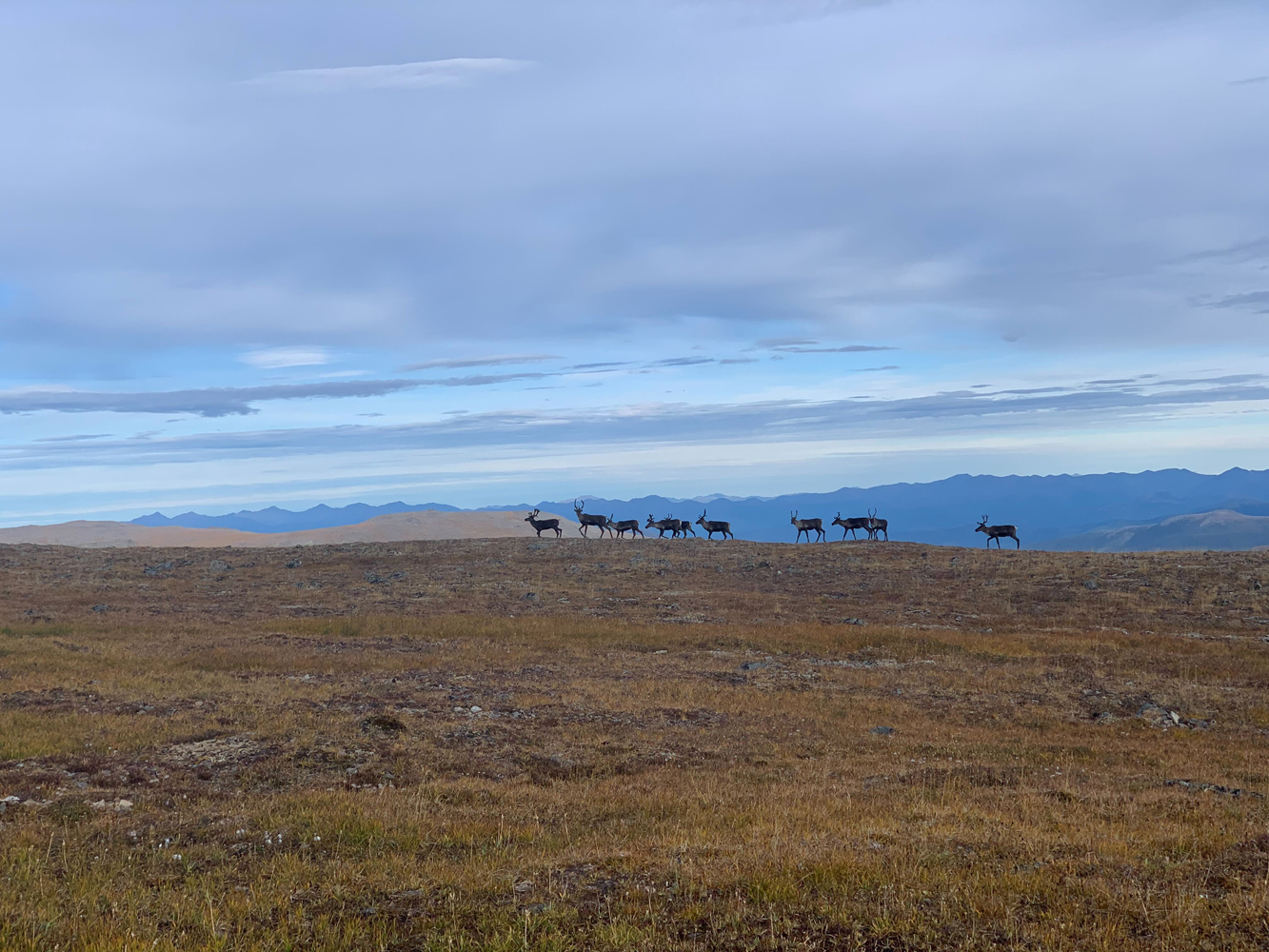
Glassing for sheep takes patience. In the afternoon or evening sun, a Dall sheep’s white hair lights up like a beacon that can be seen from more than 10 miles away. But it takes only a small bit of terrain to conceal them completely. They can appear seemingly out of nowhere and disappear just as quickly. Hunting effectively means balancing patient and careful glassing with covering lots of country. We did both.
A challenging aspect of many sheep hunts in Alaska is just getting around. With rare exception, there aren’t any trails, and finding the easiest walking is difficult. In some sheep country, ridgelines are the best option. They offer solid ground with no brush, but sometimes they get steep and rocky enough to make for very slow going. A sheep hunter hates to give up elevation, but to get into new drainages, we had no choice. We’d drop 1,500 feet only to climb 1,500 feet straight up the other side, then do it again and again.
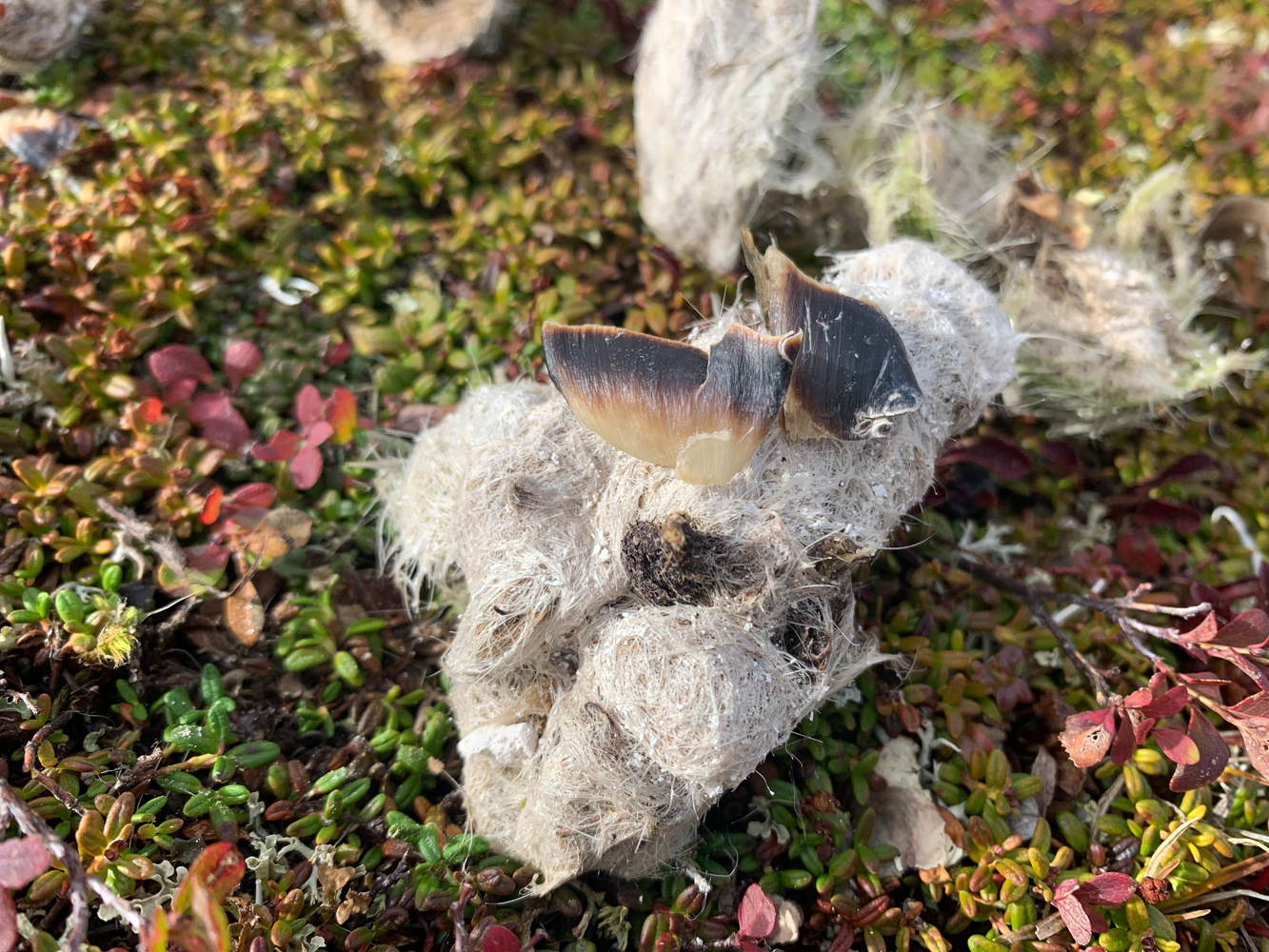
Eventually, we set camp atop a high, gently inclining ridgetop that skirted several steep sheepy-looking bowls. On the eighth morning of our hunt, we crept up to the edge of the biggest of these bowls. As we slowly eased up to the edge—pausing to carefully examine every bit of the ground below us—we saw them.
“Sheep!” I told Frank. “Four of them.”
“Shit, it looks like just ewes.”
I didn’t need the spotting scope to see that there weren’t any horns on the four sheep bedded on a small knob below us. We furiously scanned the mile-wide rocky basin around them.
“More—those are rams!” I said with excitement. “One, two, three, I see only three.”
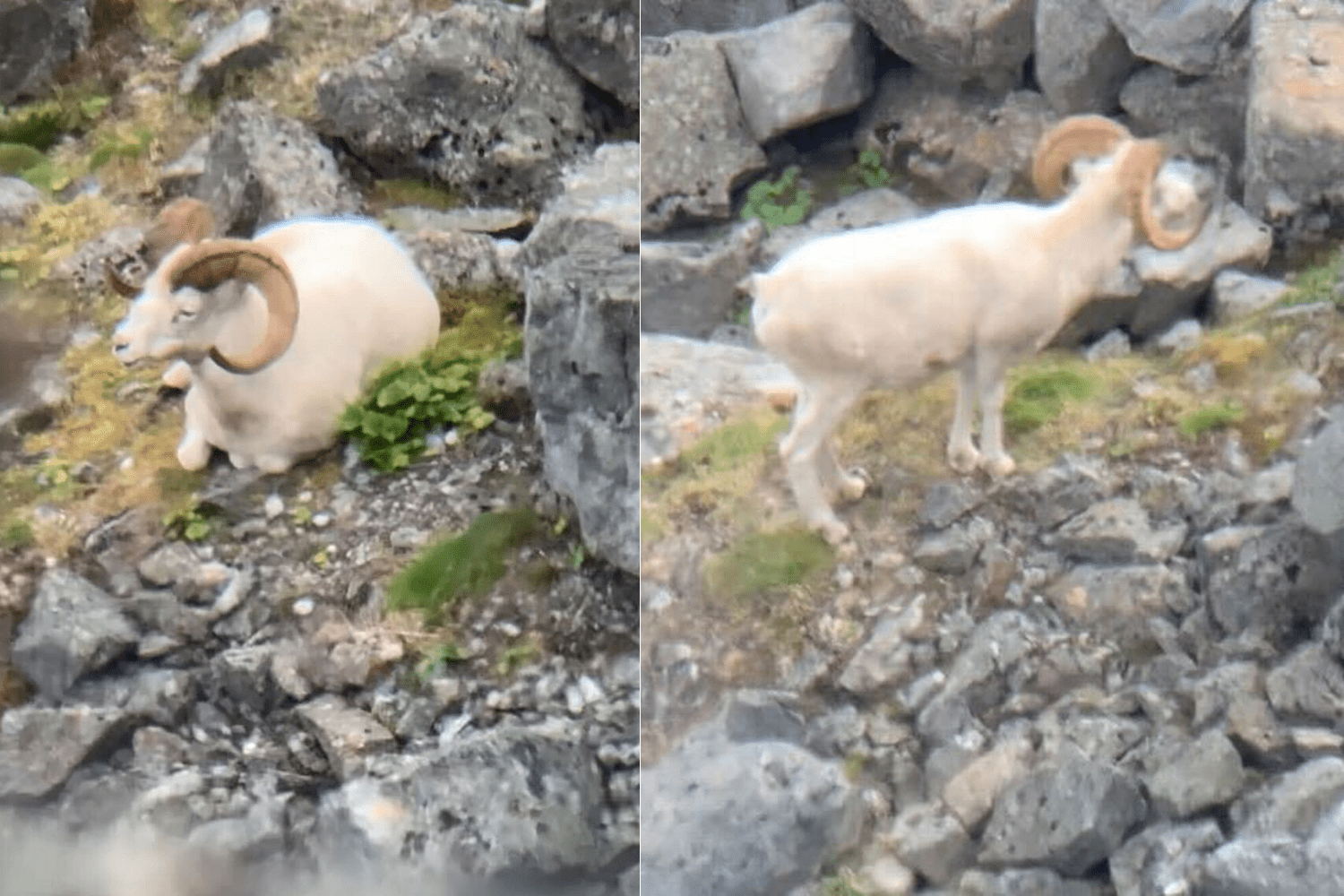
We quickly dug out the spotting scope and determined the lead ram was legal, but his two companions weren’t even close. We continued watching them as we picked our way around the headwall of the basin, being careful to stay out of sight. We were looking for others. They had to be there. We glassed all day, but aside from a few caribou bulls, it was clear the big basin held only the four ewes and three rams.
Tough Decisions
That night we discussed our plan for the next day. I’d had plenty of time to look at the legal ram, and he was a nice one. I wanted to kill him, but how badly? We were in a perfect position to set up on him. Our alternative was to keep hiking and glass more country. We were in an area where a truly magnificent ram could be just around the corner. To complicate the decision even more, if I killed this ram, we would have to start making our way toward a potential pickup spot to keep meat from spoiling.
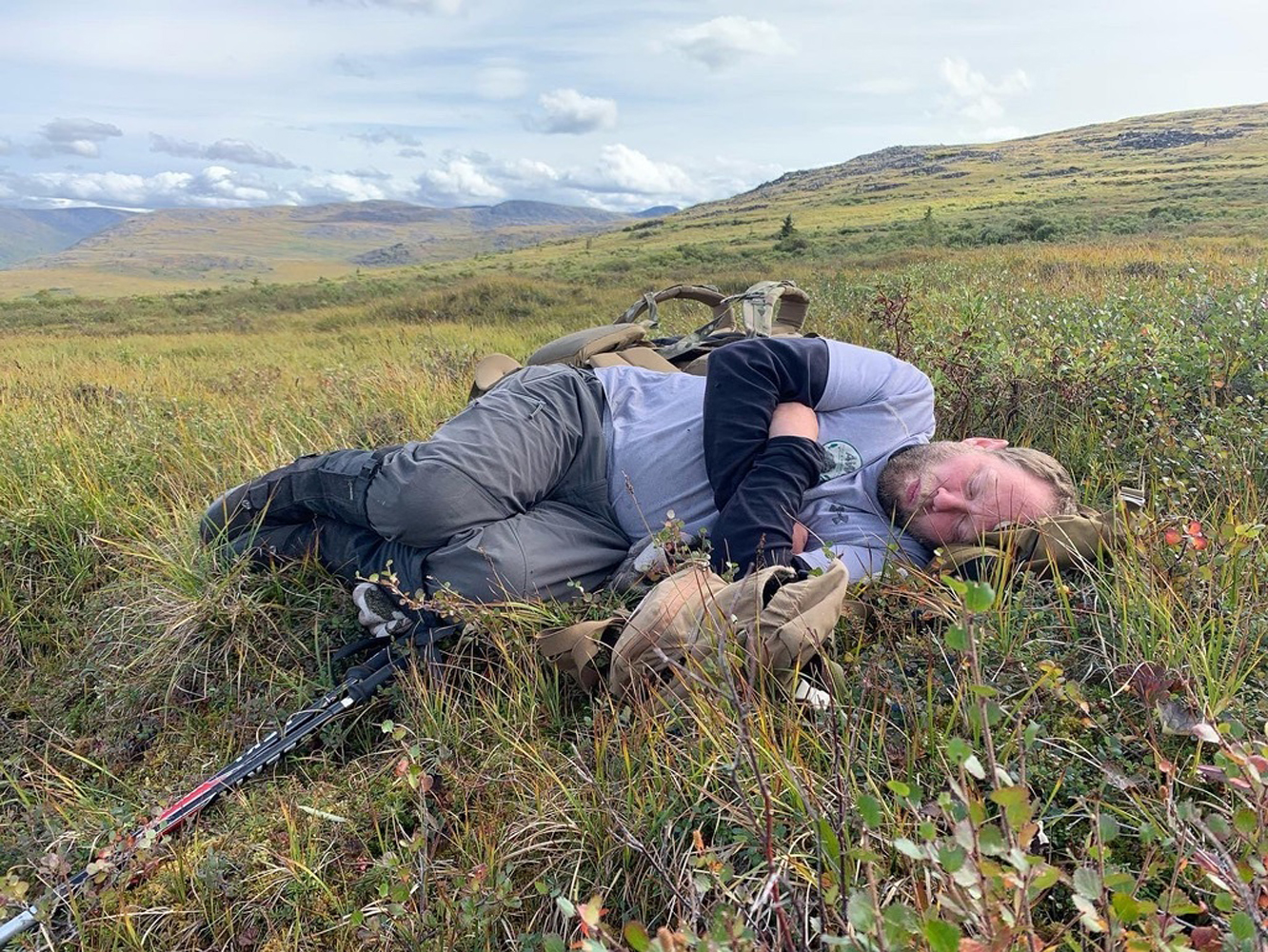
We’d had a discussion a few days before about how we didn’t want to kill a “just legal” ram this far back. We’ll likely never draw this tag again, and you’ll never kill a giant by shooting the first legal ram you see. As badly as I wanted to keep this bird in the hand, and as much as I feared that we wouldn’t see another ram, I decided to pass. The thing that made up my mind was when I thought back to the first time I looked at him through the spotting scope. He didn’t make me say wow. And “wow” is the kind of ram we were after.
The next morning, we packed up camp and crossed to yet another set of drainages, walking right by the ram that was bedded 500 yards below us. I hoped I wouldn’t regret it.
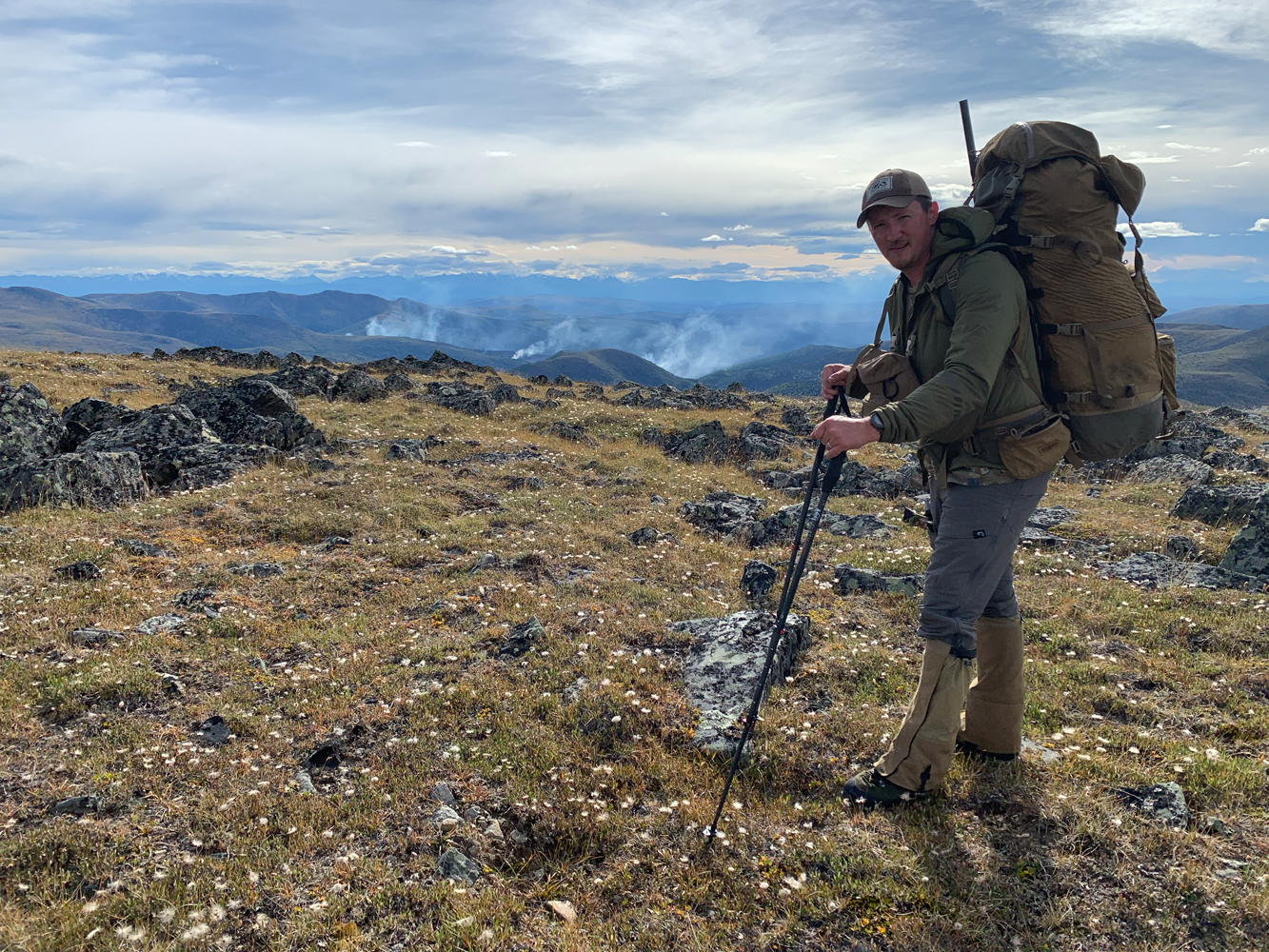
Grinding Away
If there was a benefit to so many days of hiking through this rugged, wild country, it’s that our backpacks were getting a bit lighter every day. Motrin and a hot meal eased the soreness each night, and the hope that a big ram was waiting just over the lip of the next canyon or on the other side of the next hill kept us moving and looking. Each sheepless valley and rocky cauldron slowly ate away at what we knew we could reach before running out of food.

One afternoon, when we were sitting and watching a grizzly bear give a half-hearted chase after a herd of caribou (which they easily avoided), Frank spotted sheep. Two, three, four, five, then ultimately eight appeared on a hillside that we’d glassed literally a hundred times over the course of several days. They were all ewes, but it gave us hope that the rocky chutes and basins on the other side of the ridge they fed on might hold the rams we were after.
Reader, there weren’t any rams on the other side of that hill. We looked—hard—but to no avail. By the time we’d hunted it out, we had to make for the nearest spot that we hoped we’d be able to be picked up from. I say “hoped” because we weren’t a hundred percent sure it would work. It seemed like a month since we’d left the long, gentle airstrip down in the timber, and we were nearly 30 miles as the crow flies from it now. Returning to that airstrip would take us five days. We had two days of food left.
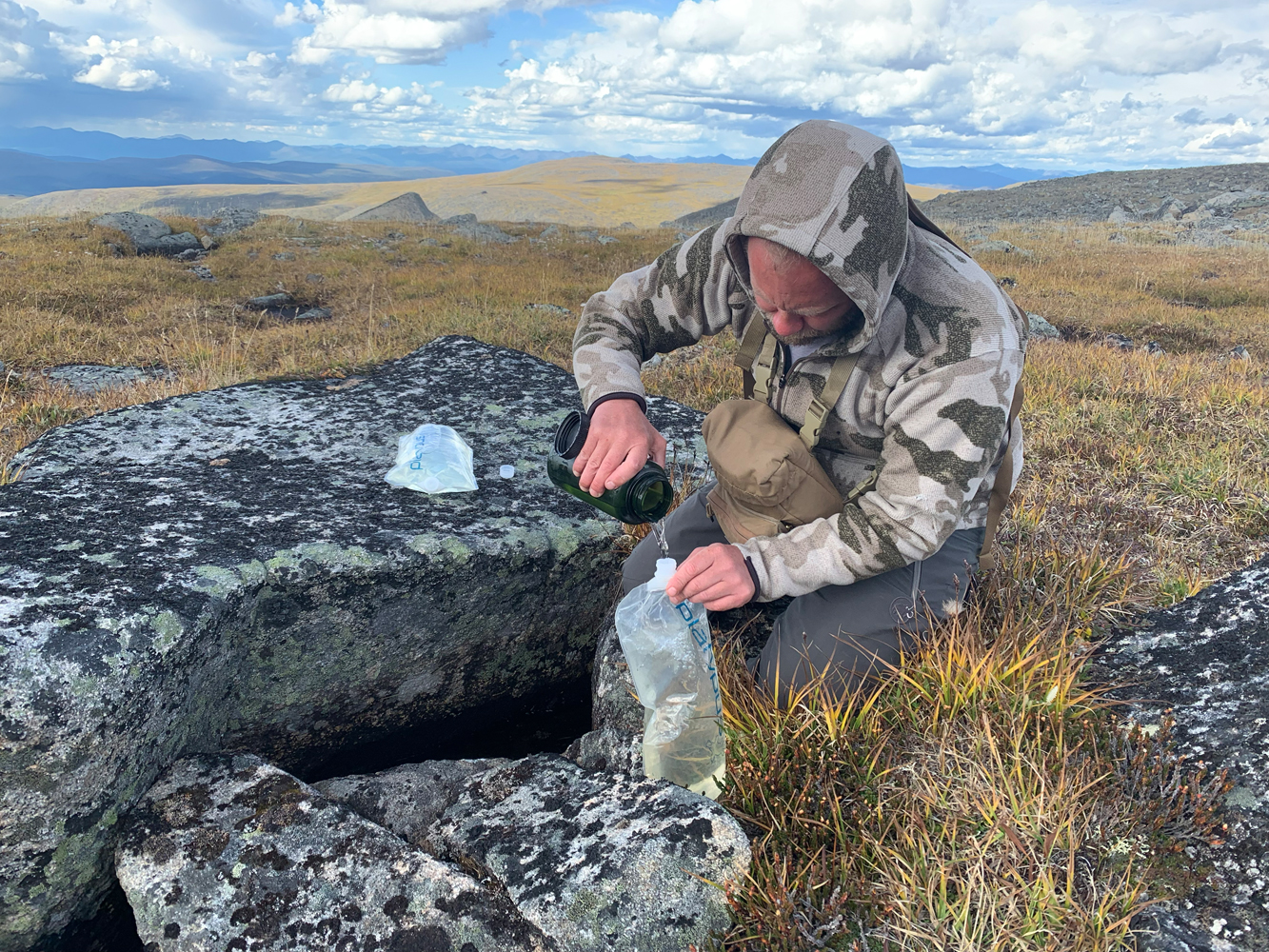
We’d been hiking for 13 days, and we hiked some more, made it to a bare ridgetop, and waited another day for the weather to break. Eventually, our pilot came bouncing up the runway that was no more than several hundred feet of relatively rock-free ridgetop.
You Don’t Have To Like It
It’s common to hear hunters console themselves after an unsuccessful hunt by saying things like “It’s not about killing something” or “The experience is what it’s all about.” Here’s what I say: Kumbaya and sunset pictures are bullshit, and I won’t lie about being disappointed by how our hunt unfolded. Being unsuccessful flat-out sucks. We’d put a tremendous amount of time and effort toward our goal, and to see it fall on its face is anything but fun. We walked more than 70 miles and sure, it was a great bit of hiking—except that I hate hiking.
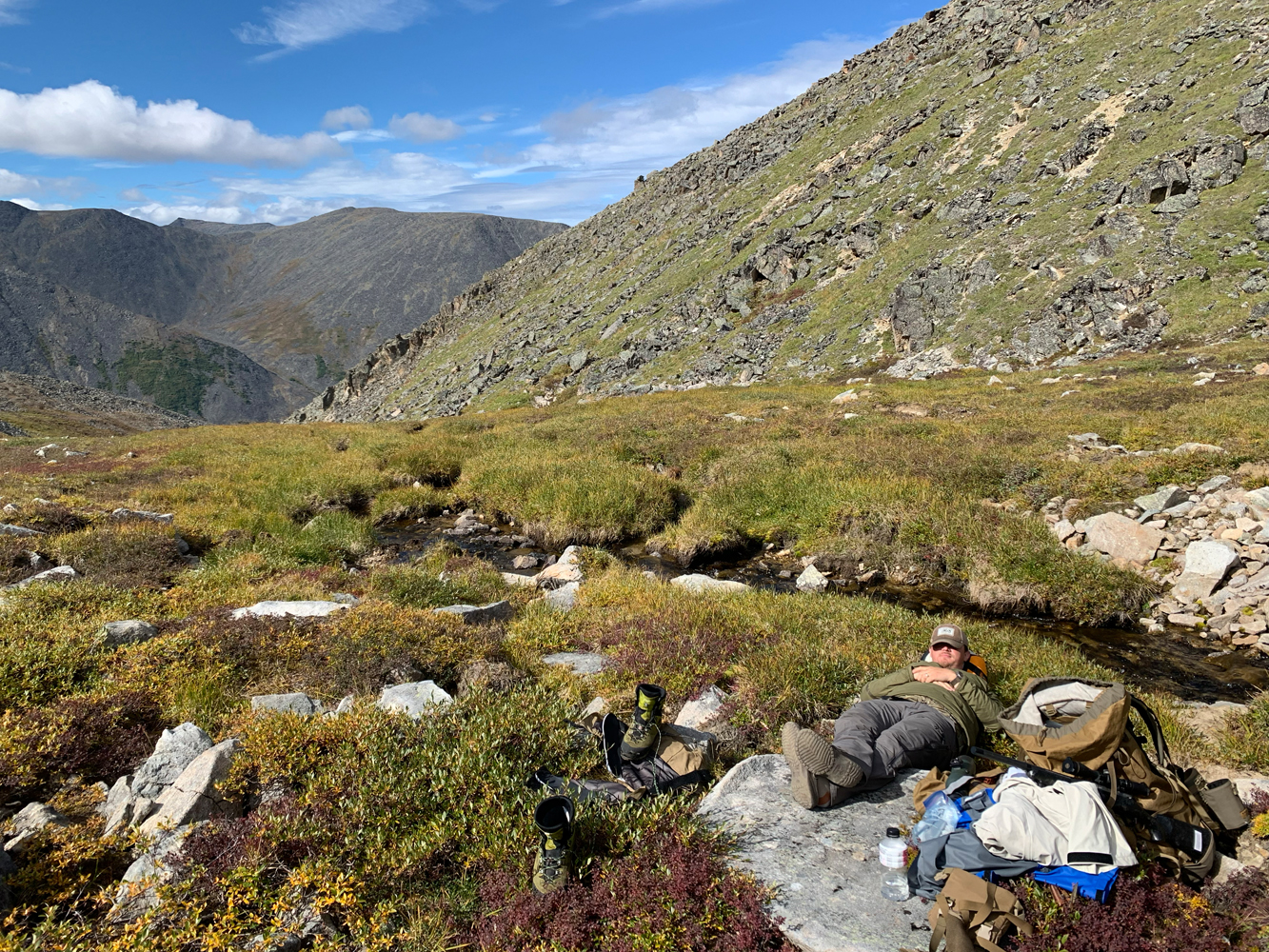
Hunting goes that way sometimes, and that’s just part of it. If we knew we’d be successful every time, where would the allure and challenge be? Ultimately, I’m glad that I passed on that ram. I wanted to kill him pretty badly, but as the rawness wears away, I’m confident that I made the right decision. He was a nice ram, but in hindsight, I think he was maybe only 7 years old. If he makes it to 10, he’ll be the kind of ram that makes someone else say “wow” when they look at him through the spotting scope. I know that with once-in-a-lifetime odds, I probably won’t ever draw the tag again, so it surely won’t be me.
It’s true that filling a tag isn’t everything, but not filling one still stings. Rather than flounder in disappointment though, I’ll be on another sheep mountain next year, still looking. Because even if I don’t like hiking for nothing, I still love sheep hunting.
Read more OL+ stories.
